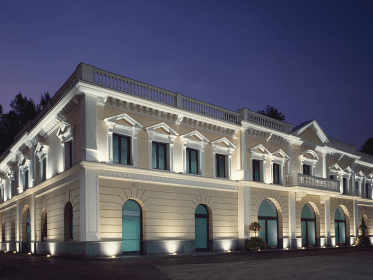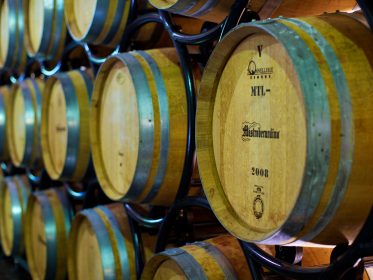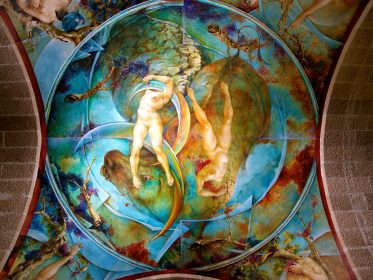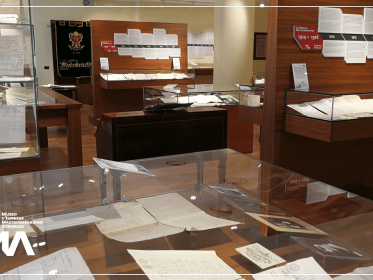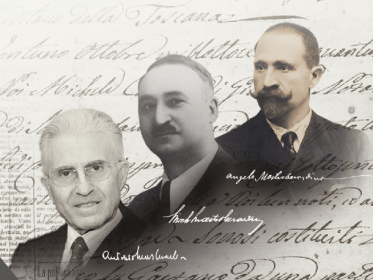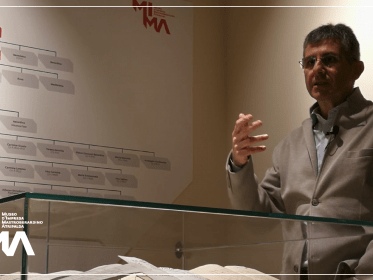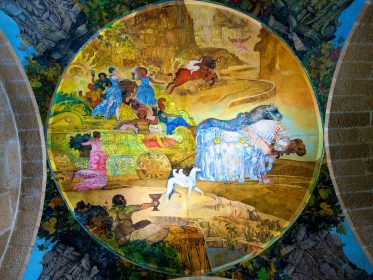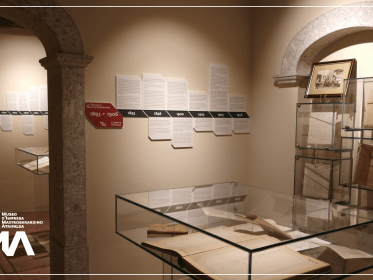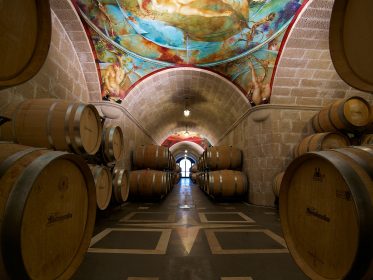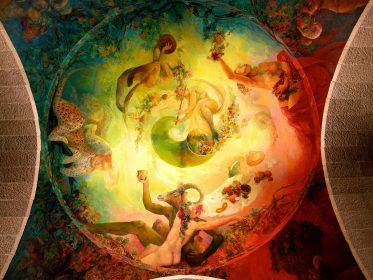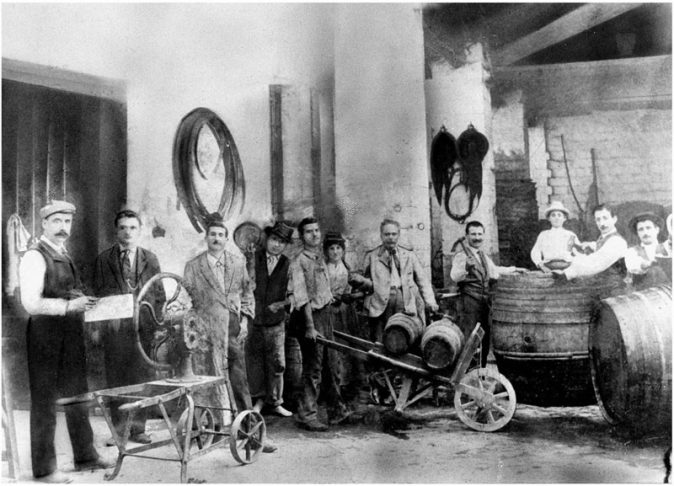Museo d’Impresa Mastroberardino Atripalda: the historical journey with one of the most ancient dynasties of Italian enology
Museo d’Impresa Mastroberardino Atripalda is a new cultural project made by Piero Mastroberardino, the head of the winemakers’ family business.
MIMA demonstrates the winemaking traditions of the province of Avellino. Along with the story of the Mastroberardino family – one of the most ancient dynasties of Italian enology, the exhibition photographs the political, economic and social evolution of the South and beyond. The private exhibition is located inside the ancient cellars of Atripalda (Avellino) – and is the result of a collection and cataloging work by Piero Mastroberardino.
The vaults are still decorated with frescoes by many artists, including works of antique themes by Raffaele De Rosa and Maria Micozzi here, and bacchanalia of Bacchus, and satyrs, and dancing girls with vines. The cellar has become a repository of both art objects and the winery’s oldest bottle, Taurasi 1928.
This new cultural project almost like the plot of a novel tells three centuries of history of Italy and the world intimately linked to the personal events and business decisions of Piero`s ancestors, digging backwards through ten generations. Therefore, the entire exhibition is divided into three parts.
The first part (1700-1914) returns us back in time to the first business events of the family, who chose the town of Atripalda as their headquarters. There are documents concerning the Kingdom of Naples, from the Habsburgs to the Bourbons and then to the House of Savoy with its rulers, until the death of Angelo Mastroberardino , pioneer of the first internationalization of the company.
The second section (1914-1932) is dedicated to Michele Mastroberardino with his travels to Europe, North America and Colonial Africa to sell family wines, create new distribution networks, and weave new commercial relationships. The family participates in the Great War, confronts fascism and then with the hijacking of ships operated by Dannunzio with the poet who asks the owners to redeem the goods – in this case wines – to feed the Fiume legionaries. In those years, due to Prohibition in the USA, the company’s wines made their way to South America, Asia, Africa and Oceania.
And in the end of the breathtaking journey of the family business is the narrative of the events between 1933 and 1945, where Michele, having fallen from Prohibition, takes advantage of the favorable moment and the consolidation of new markets. In Italy the company is facing problems with the fascist corporate model, the self-sufficiency regime, the sinking of the steamship Cesare Battisti engaged in the transport of wine to the colonies due to the English reprisals for the conquest of Ethiopia. With the outbreak of World War II, connections become difficult and risky while the most dramatic phase comes with the devastating bombings of 1943 and the first steps of a difficult post-war reconstruction.
Among the finds preserved is a letter in which the then fifteen year old Antonio Mastroberardino, Piero’s father, describes to his elder brother, still under Germanic command following his participation in the Greek campaign, the project that between July and August 1943 led to the creation of the labyrinth of the cellar’s aging caves. The latter were then used as a refuge during the bombing of the allied forces in 1943. And between the corridors of the complex, during the reconstruction following the earthquake in Irpinia, a secret chamber with coffers of Taurasi from the 1920s and 1930s was discovered, probably hidden from the German forces on the run.
